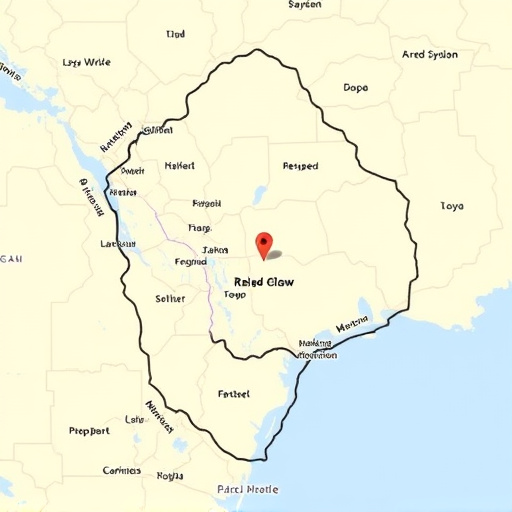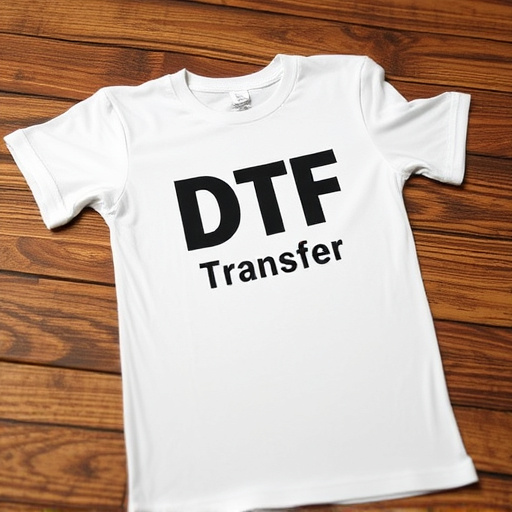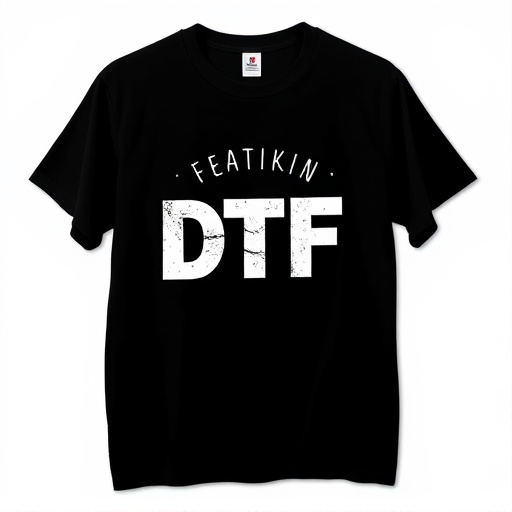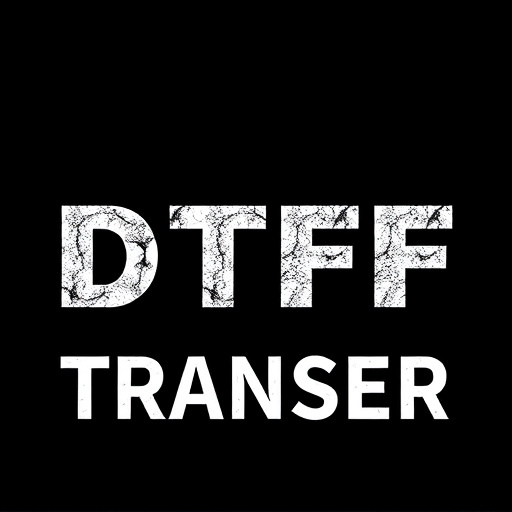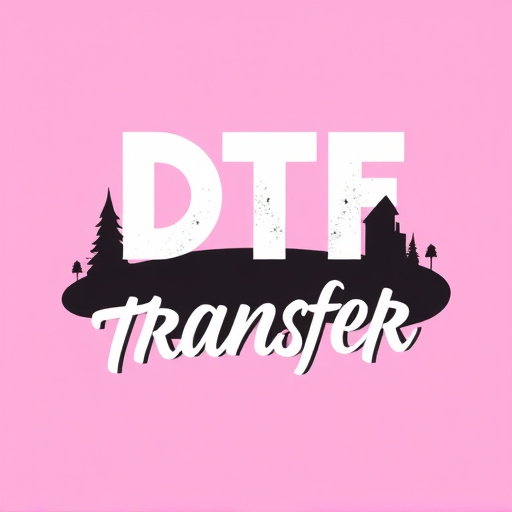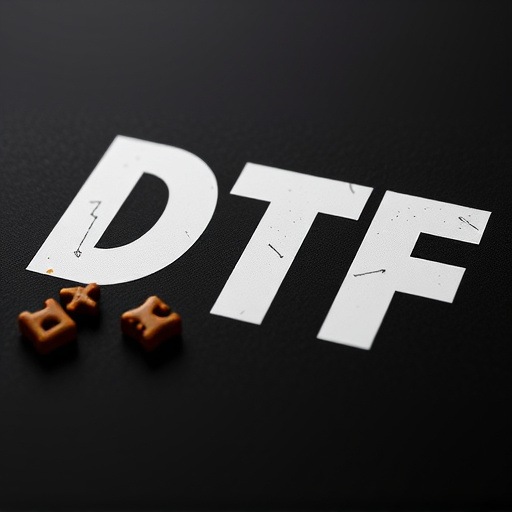Direct-to-Film (DTF) transfer is a cutting-edge technology for printing on film, offering faster production times and versatility. Different printing methods, like thermal, UV, and laser, have varying costs based on initial investment and operational expenses. DTF's price depends on film quality, size, print resolution, ink types, and finishing touches. It outperforms traditional methods for smaller projects, providing high-quality DTF prints at a fraction of the cost for bulk productions.
“In the realm of film preservation and transfer, Direct-to-Film (DTF) technology offers a modern solution. This innovative process allows for high-quality digital conversions without intermediate steps. Understanding the cost structure of DTF options is crucial for filmmakers, archivists, and enthusiasts alike. From brief overviews to detailed analyses, this article navigates the financial landscape of DTF transfers, exploring various types, quality factors, printing techniques, and comparisons with traditional methods. Discover how these elements contribute to the overall cost-effectiveness of DTF prints.”
- Understanding Direct-to-Film (DTF) Transfer: A Brief Overview
- Types of DTF Transfer Options and Their Cost Implications
- The Role of Film Quality and Size in Determining Costs
- Exploring DTF Printing Techniques and Their Price Variances
- Factors Affecting the Cost of DTF Prints: A Detailed Analysis
- Comparing Traditional Methods vs. DTF for Cost-Effective Film Transfer
Understanding Direct-to-Film (DTF) Transfer: A Brief Overview
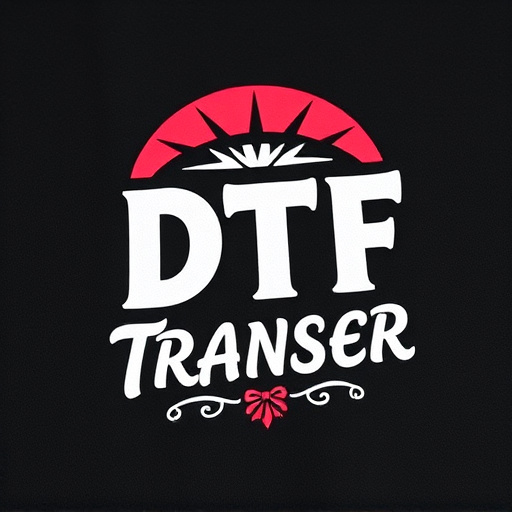
Direct-to-Film (DTF) Transfer is a cutting-edge technology revolutionizing the way we reproduce and distribute visual content. This innovative process eliminates the need for traditional printing methods, allowing for direct printing onto various film surfaces. It offers a swift and efficient alternative to conventional DTF Printing techniques, enabling faster production times and enhanced flexibility in creating high-quality prints.
With DTF Transfer, creators can effortlessly convert digital designs into physical films, opening up a world of possibilities for artists, filmmakers, and businesses. This technology is particularly appealing due to its versatility; it can be applied to a diverse range of materials, from standard film to specialized canvases, creating unique visual experiences. By embracing DTF Transfer, users can streamline their production pipelines, reduce costs, and deliver exceptional visual outcomes with minimal effort.
Types of DTF Transfer Options and Their Cost Implications

Direct-to-film (DTF) transfer offers a range of options tailored to different needs and budgets. The primary types include thermal, UV, and laser printing. Each technology carries its own cost implications. Thermal DTF printers are generally more affordable to purchase but can lead to higher material costs per print due to the consumable nature of heat-sensitive papers. UV printing, while initially more expensive, often results in lower running costs as it uses durable inks that require less frequent replacement. Laser DTF printing, though the most expensive upfront, offers exceptional precision and speed, making it suitable for high-volume production runs with potential cost savings over time.
Choosing the right DTF transfer method involves balancing initial investment, print quality, speed, and long-term maintenance costs. For instance, while UV printing might be more costly initially, its ability to produce vibrant, durable prints could make it a better option for businesses focusing on high-quality, long-lasting products like personalized clothing or signage. Conversely, thermal printing could be ideal for small-scale projects or low-budget operations that require quick turnaround times but don’t necessitate the same level of visual fidelity.
The Role of Film Quality and Size in Determining Costs

The cost structure for a direct-to-film (DTF) transfer significantly depends on two key factors: film quality and size. Higher quality films, characterized by their resolution, color accuracy, and overall sharpness, typically incur higher costs due to the advanced printing techniques required to achieve such standards. These techniques often involve specialized equipment and precise settings to ensure each DTF print mirrors the original content’s integrity.
Additionally, the physical dimensions of the film play a role in determining pricing. Larger films necessitate more material and processing time, leading to higher production costs. As a result, when considering a DTF transfer, whether for preservation or reproduction purposes, both the desired quality and size of the final product should be taken into account to accurately assess the associated expenses.
Exploring DTF Printing Techniques and Their Price Variances
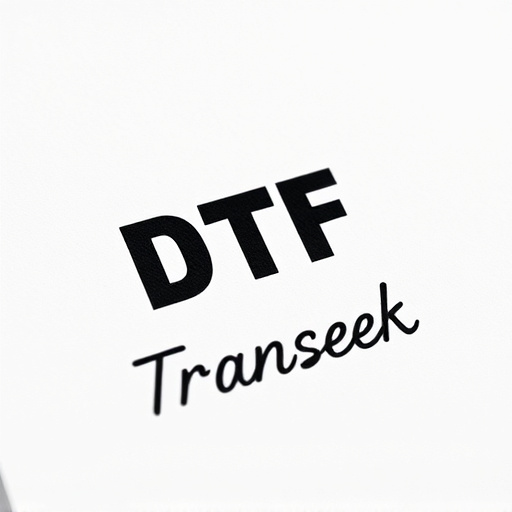
Direct-to-film (DTF) printing techniques have evolved significantly, offering a range of options for creating high-quality prints at varying price points. Each method has its unique characteristics and cost implications. For instance, traditional DTF transfers involve a process where designs are printed onto a special paper that’s then transferred onto the final substrate, like fabric or wood. This technique is relatively affordable, making it popular for small-scale projects and personal use. However, it may not be suitable for bulk production due to potential variations in print quality across different papers.
On the other hand, modern DTF printing technologies, such as UV printing, offer more precise and vibrant results, ensuring consistent quality throughout large-scale productions. While these advanced methods come at a higher cost, they significantly reduce manual labour and provide quicker turnaround times. The price variances in DTF transfers stem from factors like print resolution, substrate compatibility, and the complexity of the design, directly impacting the final cost for businesses or individuals opting for direct-to-film printing solutions.
Factors Affecting the Cost of DTF Prints: A Detailed Analysis
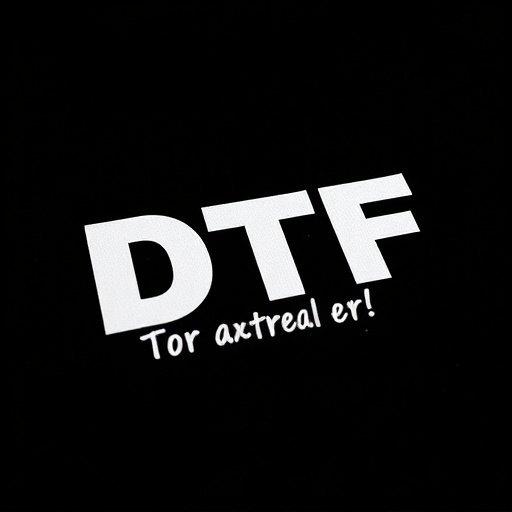
The cost of Direct-to-Film (DTF) prints is influenced by several key factors that can vary widely depending on the project scope and requirements. One of the primary determinants is the size and complexity of the design. Simpler, smaller DTF transfer patterns generally incur lower costs due to reduced material usage and printing time. Conversely, intricate or large-scale designs necessitate more film, ink, and processing time, driving up prices.
Another significant factor is the chosen print resolution. Higher resolutions offer greater detail but demand more from the printing equipment and materials. Consequently, they typically come at a higher price point than lower resolutions. Additionally, the type of ink and film used plays a critical role. Premium inks and specialized films designed for outdoor durability or specific visual effects can significantly increase the DTF transfer cost. Furthermore, factors like print quantity, delivery urgency, and any required post-printing finishes also contribute to the overall expense of DTF prints.
Comparing Traditional Methods vs. DTF for Cost-Effective Film Transfer
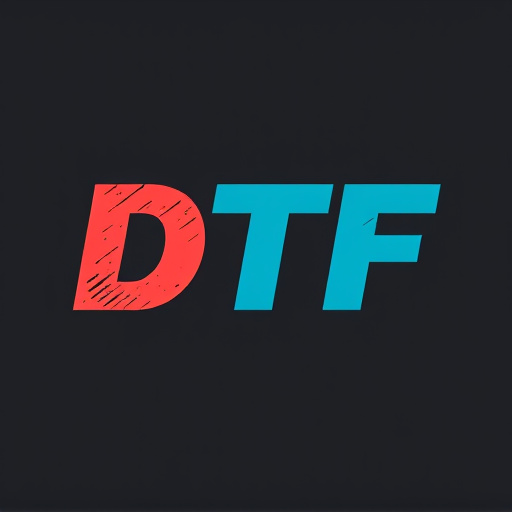
When considering cost-effective film transfer options, it’s crucial to compare traditional methods with Direct-to-Film (DTF) transfers. Traditional processes often involve intermediate stages like film scanning and editing, which can be time-consuming and expensive. These methods are suitable for high-volume productions, but they may not offer the flexibility or affordability needed for smaller projects or independent filmmakers.
On the other hand, DTF transfers streamline the process by printing directly onto film stock, eliminating the need for extensive scanning and editing. This approach is particularly beneficial for short films, documentaries, or personal projects where quality is paramount without breaking the bank. DTF Printing ensures sharp images, vibrant colors, and fine details in prints, making it an attractive option for those seeking a cost-effective alternative to traditional methods without compromising on visual excellence.
